Description
Bonsai Terminalia Green (Terminalia catappa) Plant
Terminalia is a genus of trees and shrubs that belongs to the family Combretaceae. Bonsai enthusiasts commonly cultivate various species of Terminalia as bonsai trees. While there are several species of Terminalia used for bonsai, the most popular one is Terminalia Catappa, also known as the Indian almond tree or tropical almond.
Bonsai Terminalia Green is native to tropical regions of Asia and has a rich cultural history. It is widely cultivated in countries like India, Malaysia, and Thailand, where it is known for its large, glossy leaves and beautiful canopy. In bonsai cultivation, Tropical Almond is appreciated for their ability to develop a well-defined trunk, attractive aerial roots, and a dense canopy with delicate foliage.
In bonsai cultivation, Terminalia Catappa is typically grown in a shallow container to restrict its root growth and encourage the development of a compact tree. Bonsai artists carefully prune and wire the branches to create the desired shape and form. The leaves of Bonsai Terminalia Green are large, so leaf reduction techniques such as defoliation or leaf pruning may be employed to achieve a more proportionate look.
Terminalia Catappa bonsai trees are often displayed indoors, as they prefer warm temperatures and cannot tolerate frost. They require bright, indirect light and regular watering to thrive. In terms of styling, bonsai artists can create various forms with Terminalia Catappa, including informal upright, slanting, and cascade styles, among others.
The popularity of Terminalia catappa as a bonsai tree has spread beyond its native regions, and bonsai enthusiasts around the world appreciate its elegant appearance and cultural significance. The green history of Terminalia Catappa as a bonsai tree is a testament to the artistry and dedication of bonsai artists throughout history.
Tropical Almond Features and Care:-
Features:-
- Leaves: Tropical almond has large, glossy leaves with an elliptical shape. The leaves are vibrant green in color and add to the tree’s overall beauty. Leaf sizes reduction techniques such as defoliation or leaf pruning can be employed to achieve a more proportional look in bonsai.
- Trunk and Bark: The trunk of Terminalia Catappa bonsai tends to develop a fascinating texture and character over time. The bark can exhibit a mottled appearance, with shades of gray, brown, and even reddish hues.
- Aerial Roots: Terminalia Catappa is known for developing aerial roots, which adds an interesting visual element to the bonsai. These roots can be utilized for creating a more natural and aged look in the bonsai design.
- Canopy and Branches: The species typically forms a dense and well-defined canopy with delicate foliage. Bonsai artists shape and wire the branches to create the desired structure and form, allowing for a balanced and aesthetically pleasing design.
Care:-
- Lighting: Terminalia Catappa bonsai thrives in bright, indirect light. Place it near a sunny window or provide it with artificial grow lights to ensure it receives adequate illumination. Avoid placing the bonsai in direct sunlight for extended periods as it can scorch the leaves.
- Temperature and Humidity: Terminalia Catappa prefers warm temperatures and high humidity. Maintain the bonsai in an environment with temperatures between 65°F to 85°F (18°C to 29°C). Use a humidity tray or mist the foliage regularly to increase humidity levels.
- Watering: Ensure the bonsai receives regular watering, keeping the soil moist but not waterlogged. Water when the top inch of soil feels slightly dry. Avoid allowing the soil to completely dry out, as Terminalia Catappa prefers consistently moist conditions.
- Fertilization: Feed the bonsai during the growing season (spring to autumn) with a balanced, water-soluble fertilizer. Follow the manufacturer’s instructions for proper dosage and frequency. Reduce or halt fertilization during winter when the tree is in dormancy.
- Pruning and Wiring: Regular pruning is essential to maintain the desired shape and size of the bonsai. Remove excessive growth and shape the branches using bonsai pruning shears. Wiring can be applied during the growing season to guide the branches into the desired position. Monitor the wiring regularly to prevent it from digging into the bark.
- Repotting: Repot Terminalia Catappa bonsai every two to three years to refresh the soil and allow for root pruning. Perform repotting during the spring before the new growth begins. Use a well-draining bonsai soil mix to prevent waterlogging.
- Pest and Disease Control: Monitor the bonsai for common pests such as aphids, scale insects, and spider mites. Treat infestations promptly with appropriate insecticides or miticides. Ensure good air circulation around the bonsai to prevent fungal diseases.
Uses of Bonsai Terminalia Catappa:-
- Ornamental display for homes, offices, gardens, and exhibitions.
- Meditation and stress relief, create a serene and calming atmosphere.
- Horticultural education, teaching bonsai techniques, and plant care.
- Symbolism and cultural significance, represent harmony and appreciation of nature’s beauty.
- Unique and meaningful gifts for special occasions.
- Valuable additions to bonsai collections.
- Featured in bonsai demonstrations and competitions, showcasing artistic skill and creativity.


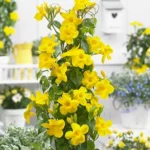
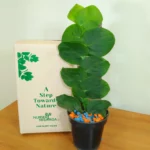
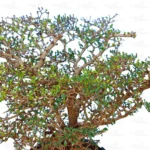
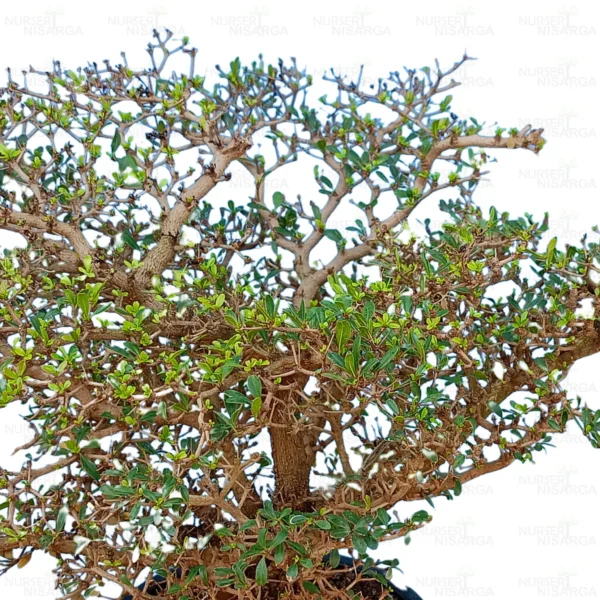
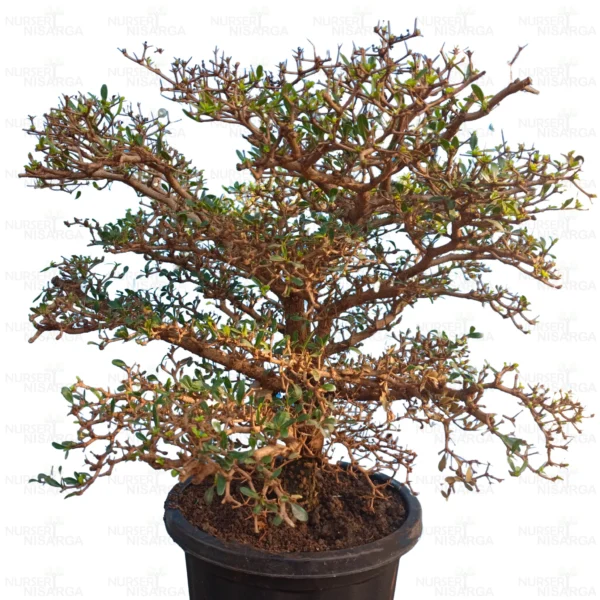



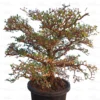

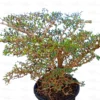
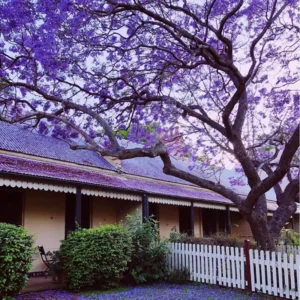
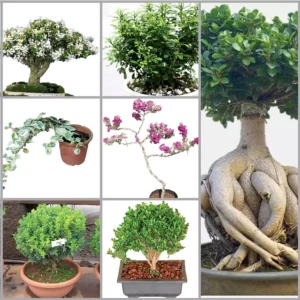


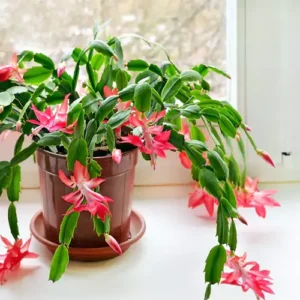
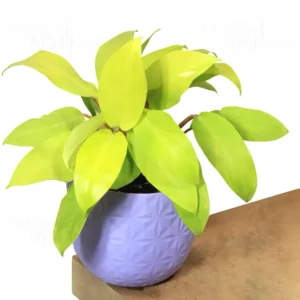
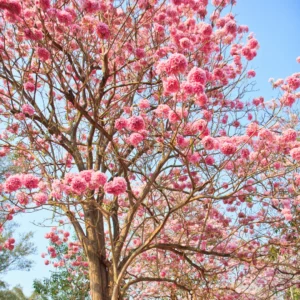

Reviews
There are no reviews yet.